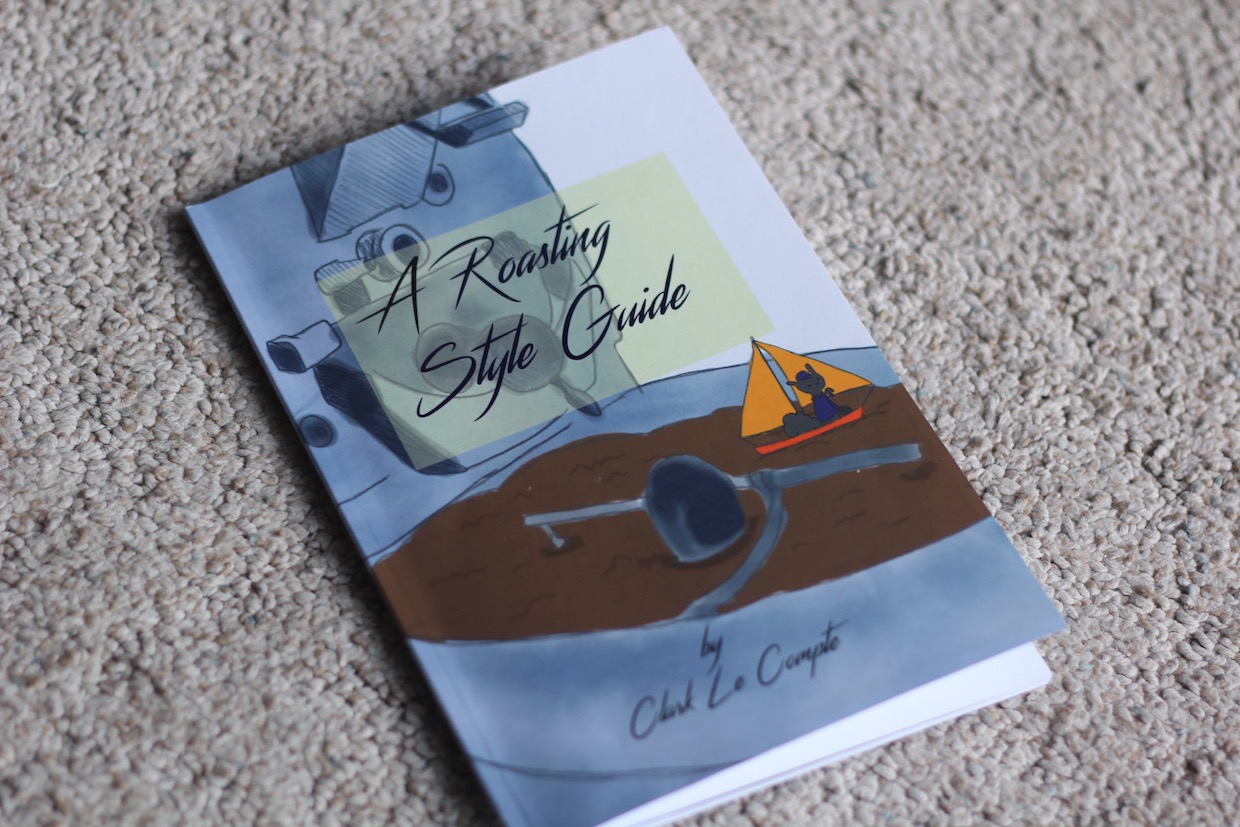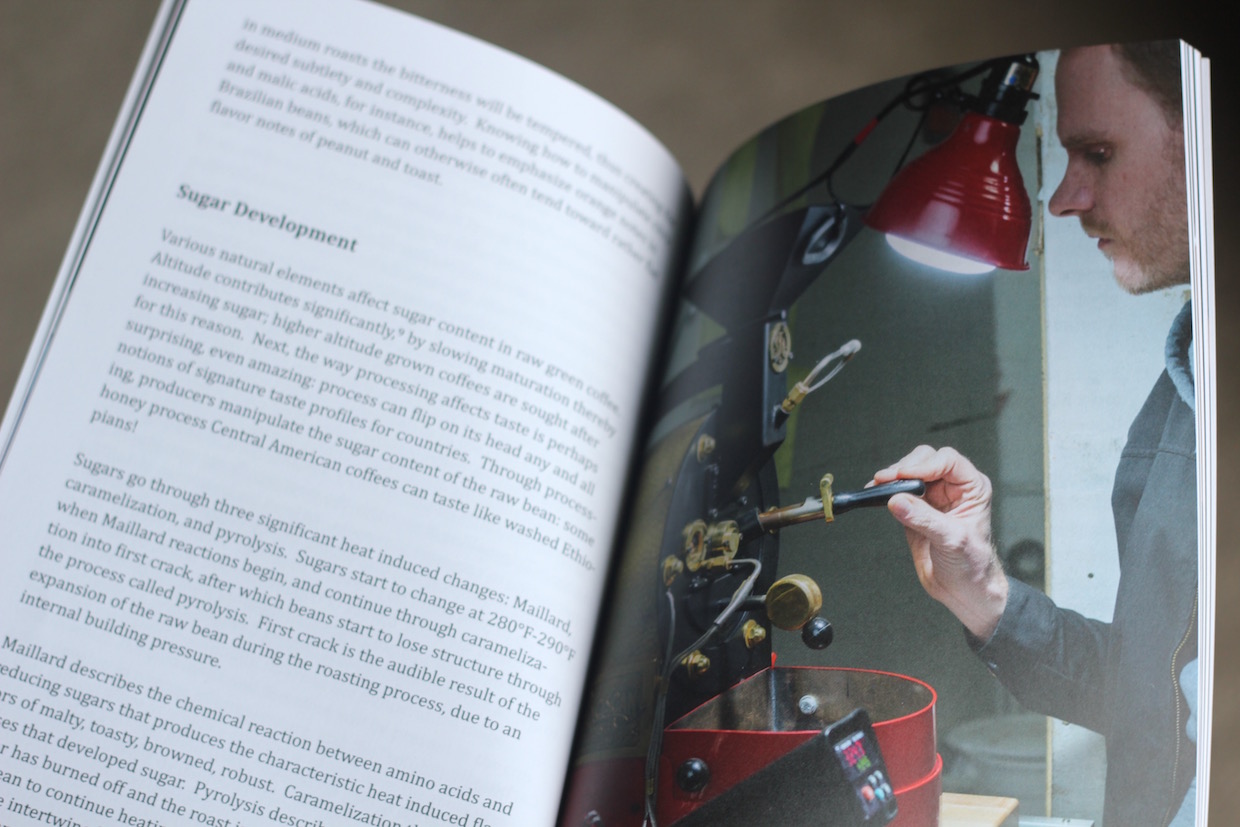Coffee roaster and consultant Clark Le Compte has added to the deepening pool of resources for aspiring and current coffee roasters alike with a new book called “A Roasting Style Guide.”
The short, 35-page book is self-published through Le Compte’s consultancy Prosperity in Coffee.
In the book’s preface, Le Compte mentions Roast magazine, Scott Rao’s “A Coffee Roasters Companion” and Rob Hoos’ “Modulating the Flavor Profile of Coffee” as additional resources, while also underscoring the delicate balance between the physical senses and the analytical mind in roasting.
“Craftsmanship is a balance of heart, skill and intellect,” Le Compte writes. “To properly shape and temper the material world requires, in equal measure, the intuitive, responsive observer, employing all senses, who listens and sees with hands and heart, and the analytic, detached observer who employs eyes, ears and intellect.”
We caught up with Le Compte to discuss the book and the latest with Prosperity in Coffee.
DCN: Can you give us an overview of your professional experience in coffee? Particularly in roasting? Where are you based today?
CL: I started at the bottom and worked up — first in retail, when I lived in Santa Fe, New Mexico, from barista to cafe management. Then I went to Washington D.C. and was hired by M. E. Swing’s, where I drove deliveries and primarily roasted single-origins. That’s when my writing started. Roast published my first article, “In Praise of Pen and Paper,” about keeping a manual roast log. Toby’s Estate in Brooklyn hired me as Head Roaster and I moved to New York. Then I became Director of Coffee for Nobletree and currently oversee the operations, certifications and team for a 10,000-square-foot roastery. I live in Williamsburg, Brooklyn.
In what way do you see this book fitting into the existing field of roasting guides? Or, in other words, who is the target reader for this book?
It’s an extension of all the other books. I believe our industry grows with each new thought published, be it on social media or a physical book. We build on the shoulders of each other. I look forward to the time when mine is one of so many educational reads.
The audience I like the best are those who want to move from hobby to professional. That can be a tumultuous transition. I channeled myself, in the start of my roasting career. What would have made it easier? What could have lessened my learning curve? What book would I have gotten something out of? It’s a book for hobbyists, professionals just starting and the generally curious coffee professional.
You pack a lot of subjects into a relatively small space. What was the process like in organizing the information?
It was dedication to answering questions I kept asking — just keep searching until an answer was unearthed. Others around me didn’t have the answers, and I had exhausted Google and publications. I saved up and went to all the trade shows, listening to lectures and reading transcripts of previous presentations or ones I missed. It was years of downloading information into my head. Eventually, ideas began to distill. I specifically wanted multiple references to each point I made, so I read science journals and pored over chemistry books. Then I started stacking one idea on the next, writing each one out. The book came about from connecting each idea, logically and in succession; then, bringing it into a physical form took a team. Sam Ortiz took the photos, Charrow laid it out and drew the cover, Kit [Law] edited, my partner gave support, my friends believed. My name is on the cover, but it’s theirs also.
Were there any revelations you had as a roaster while putting the book together?
By understanding the chemical reactions occurring inside the bean during a roast, we can target the profile to accentuate the properties we desire most in a cup.
What kinds of coffees do you enjoy roasting and drinking most?
I prefer the rounded acidity and balance of the washed process; Ethiopian and Colombian coffees particularly. I bought a honey-process Sumatran coffee in the fall, Kerinci, that excited me.
Nick Brown
Nick Brown is the editor of Daily Coffee News by Roast Magazine.








Comment